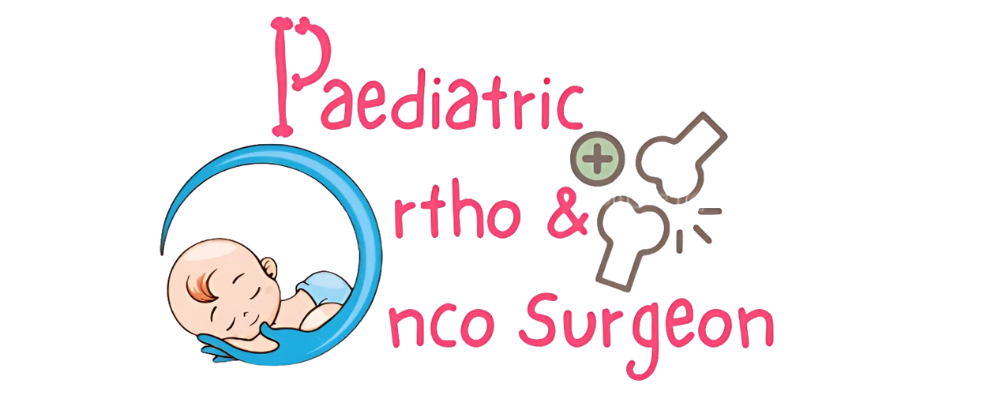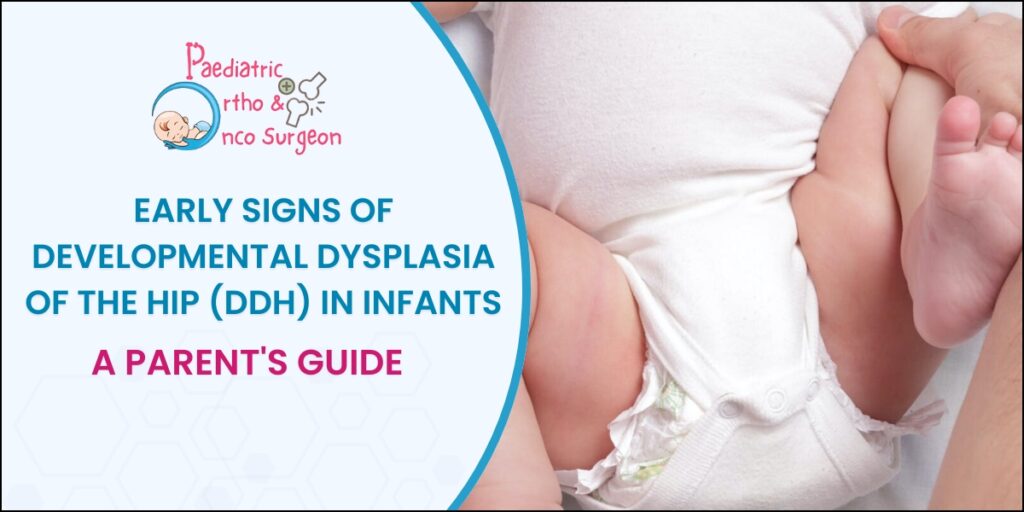Early Signs of Developmental Dysplasia of the Hip (DDH) in Infants
As a new parent, you notice every little detail about your baby. While most quirks are perfectly normal, some physical signs can indicate a need for closer attention. One such condition is Developmental Dysplasia of the Hip (DDH), a term used to describe a range of hip joint problems where the “ball and socket” joint of the hip doesn’t develop properly. The good news is that with early detection, DDH is highly treatable. Knowing what to look for can make all the difference in your child’s long-term mobility and health. Early signs of DDH every parent should be aware of 1. Uneven Skin Folds One of the most noticeable signs is asymmetry in the skin folds on your baby’s thighs or buttocks. When you lay your baby on their back and straighten their legs, you might see that the folds on one thigh don’t match the other in number or depth. While some asymmetry can be normal, pronounced unevenness should be discussed with your pediatrician. 2. A “Clicking” or “Clunking” Sound You might hear or feel a “clunk” or “click” when moving your baby’s hips. This sound, known as the Ortolani or Barlow sign, occurs when the hip joint is unstable and the femoral head (the “ball”) slips in or out of the socket. It’s crucial to note that a faint click can sometimes be normal, but a distinct clunking sensation warrants a professional evaluation. 3. Limited Range of Motion Does one of your baby’s legs seem less flexible than the other? You might notice it’s harder to spread their legs apart during diaper changes or that one leg consistently falls outward more easily. This limited abduction (moving the leg out to the side) is a classic indicator of a dislocated or dysplastic hip. 4. Leg Length Discrepancy In more advanced cases, one leg may appear noticeably shorter than the other. You can check this by laying your baby on their back and bending their knees, placing their feet flat on the surface. If one knee appears significantly lower than the other, it could signal that the hip on that side is dislocated. 5. Asymmetry When Walking (In Older Infants) For babies who have started to stand or walk, DDH may present as a limp (on one side) or a waddling “duck-like” gait (if both hips are affected). While this is a later sign, it underscores the importance of early detection before walking begins. What Should You Do Next? If you observe any of these signs, don’t panic. The first step is to bring your concerns to your pediatrician. They will perform a physical examination and, if necessary, refer you to a pediatric orthopedic specialist for an ultrasound or X-ray. Don’t wait and wonder. If you have any concerns about your infant’s hip development, seeking expert advice early is the best course of action. Consult Dr. Vinod Dubey, a renowned Pediatric Orthopedic Surgeon in Thane and Mumbai, for a comprehensive evaluation and the most advanced care for Developmental Dysplasia of the Hip. Ensure your child gets the best start for a healthy, active future. Frequently Asked Questions (FAQs) 1. Can DDH correct itself in babies? In some very mild cases of instability in newborns, the hip can stabilize on its own within the first few weeks. However, true dysplasia (shallow socket) or dislocation requires medical treatment and will not correct itself. 2. What are the risk factors for DDH? Key risk factors include being a first-born female, breech position in the womb, a family history of DDH, and swaddling with the legs straight and pressed together. 3. How is DDH diagnosed? Diagnosis typically involves a physical examination by a specialist, followed by an ultrasound (for infants under 6 months) or an X-ray (for older babies) to confirm the hip’s position and development. 4. What is the best way to swaddle a baby to prevent DDH? Always practice “hip-healthy” swaddling. Ensure the blanket is loose around the legs so the baby can bend their knees and hips up and out. The legs should be able to move freely into a “frog-like” position. 5. At what age is DDH typically detected? DDH is often detected during routine newborn and well-baby checkups. The ideal window for the simplest treatment is before 6 months of age, but it can be diagnosed later if signs become apparent when a child starts to walk.
Early Signs of Developmental Dysplasia of the Hip (DDH) in Infants Read More »

